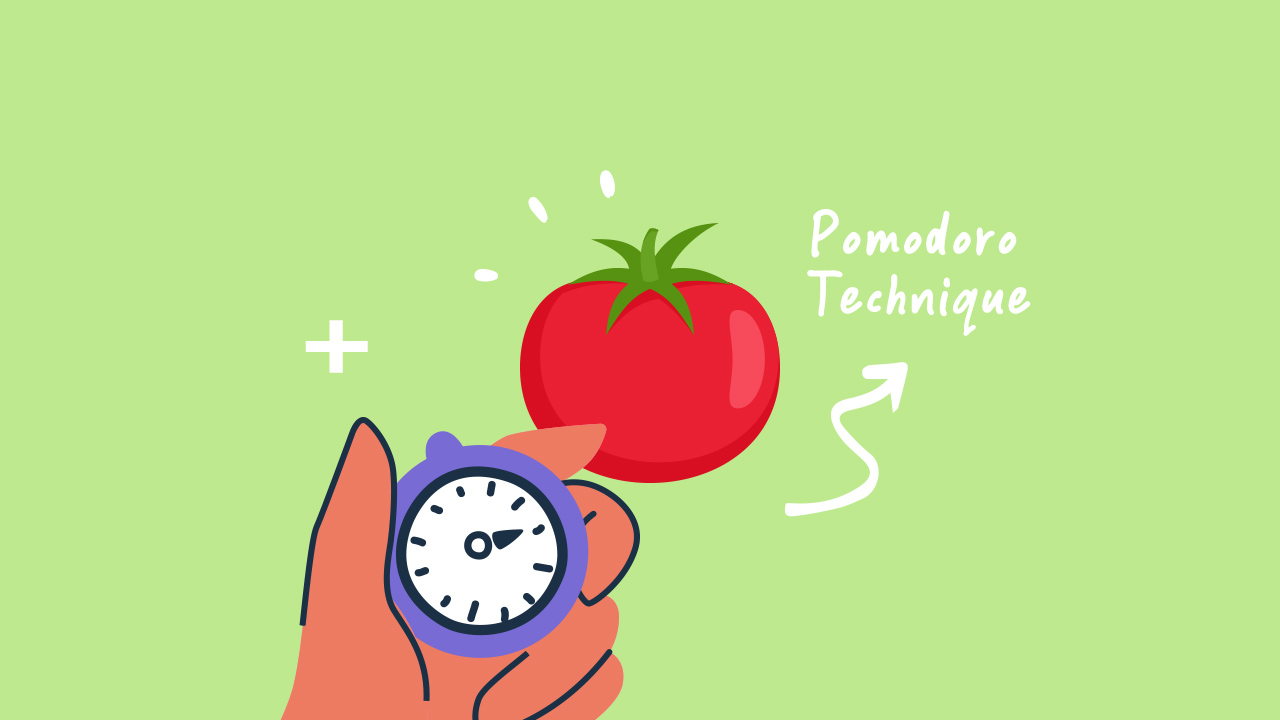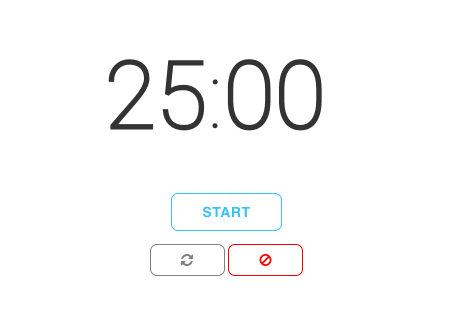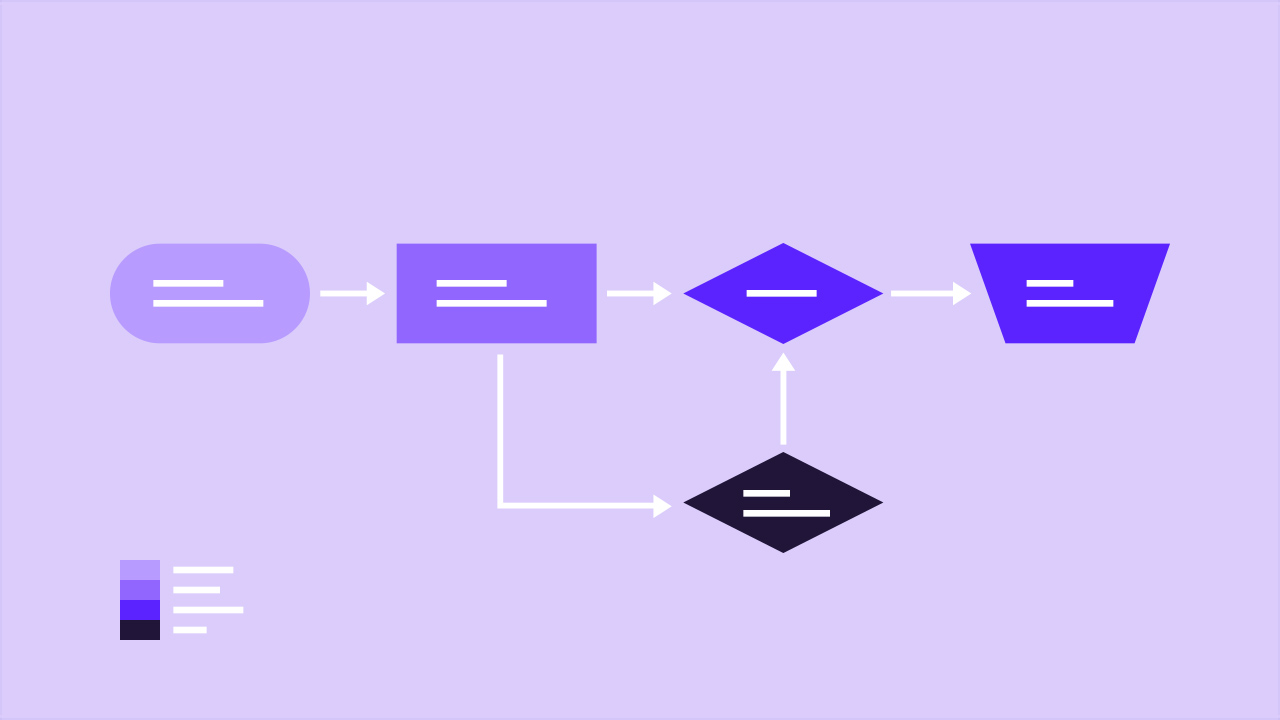
I used to hate techniques and self-help productivity books—until I heard about the Pomodoro technique for productivity.
While many people are welcoming pieces of advice and tips, I hated it. I have always thought I didn’t need a special technique to be productive—it’s just me and my organizing notebook, that’s all. I didn’t need to try any productivity tips to keep things done.
However, working from home changed me—I became more distracted than ever. No matter how much I tried to list down what I had to do, I always did not mark things “done” at the end of the day. Aside from the endless distractions, it was challenging to stay productive because of procrastination. Thinking I’ve got a whole day ahead of me to finish my tasks was comforting—I’ve always thought it’s okay to “rest” for a while. While my “little rests” sooner became bigger and more usual, that’s when I had to step up and address the problem.
When I started to hear about the Pomodoro technique for productivity, I couldn’t wait to try it. I became interested and decided to give it a go for a couple of reasons:
- It’s not much of a long commitment–25 minutes sounds doable.
- A 5-minute break is essential after Pomodoros–I like taking breaks.
- I like tomatoes.
After almost six months of doing the Pomodoro technique, I realized the things that worked and didn’t work for me during the entire time. Before I start to talk about how a Pomodoro technique works, it is good to consider trying this technique if you are:
- Easily distracted (Like me)
- Needs to accomplish several tasks per day
- Needs something to spice up long-time tasks (Researching, studying, writing)
- Loves to take a break
- Enjoys being timed
If you found yourself on the list on top, let’s get you started on your Pomodoro journey.
Table of Contents:
- What is the Pomodoro technique?
- How to use the Pomodoro technique?
- Does the Pomodoro technique work?
- The things that didn’t work for me
- If the Pomodoro technique for productivity didn’t work for you
- Be more productive with PlatoForms
Read also: Tips on How to Focus Better: Increase Your Productivity and Improve Concentration
What is the Pomodoro technique?
Finding it hard to focus on studying and doing assignments, Francesco Cirillo dared himself to concentrate on studying for just 10 minutes in the late 1980s. Decided to take up the challenge, he found a Pomodoro (Italian word for tomato) shape timer in the kitchen and set a 10-minute timer for himself. The Pomodoro technique was invented—and Cirillo even wrote tons of books about it.
How to use the Pomodoro technique?
The logic is simple. To start, use a timer, set it for 25 minutes, and do your task. Once the timer rings, take a 5-minute break. Finishing a task after 25 minutes is considered a Pomodoro. Once you’ve completed four Pomodoros, take a longer break (20-30 minutes), and repeat the process. Here are some important tips that you can try:
Take note of your Pomodoros.
Listing your Pomodoros is essential, too. To jumpstart with your Pomodoro, make sure to jot down the things you need to finish in a day and mark “done” for every finished task.
Pro tip: The Pomodoro technique for productivity is more than the timer—it’s also about getting rid of distractions and keeping your tasks organized. For a Pomodoro-focused experience, instead of using the usual timer, consider installing Pomodoro apps:
- Tomato Timer
- Paymo Pomodoro
- Pomodone
- Focus to-do: Pomodoro timer and to-do list
Personalize your pomodoro.
If you’re not comfortable with the time, you can customize it based on your preference. Since 25 minutes seems too short for me, I tried to change my Pomodoro timer to 30 minutes, sometimes 40.
Aside from Pomodoros, list down your distractions as well.
What I appreciate the most about the Pomodoro technique for productivity is not just its time management pros, but you can also be aware of your distractions. The Pomodoro timer that I am currently using provides choices of distractions that I can pick, but it’s not limited to these. Choose what distracts you the most, take note of it, and try to avoid it in the next session.
Take time to evaluate.
After finishing your Pomodoros and listing your distractions, ask yourself the following:
- Does this technique work for me?
- What are my distractions?
- How can I improve my next Pomodoro session?
Identifying and evaluating your productivity performance isn’t enough—make sure to address what needs to change and make it better next time.
Does the Pomodoro technique work?
Yes!

While every experience varies, here’s why the Pomodoro technique works for me:
Pressured time.
I used to think that I still have a long day to finish my task–but with the Pomodoro technique for productivity, every minute counts. The pressure and need to finish a Pomodoro every 25 minutes forces me to work and get a task done.
Satisfying checkmarks.
Just crossing a task in my list and marking it done is the most satisfying feeling ever! Looking forward to checking more projects, it excites me to start another Pomodoro session again.
Short-timed, but productive.
It surprised me how much a single 25-minute can achieve so much more tasks than I expected it to be. What you can finish in 25 minutes will make you realize that you don’t need a whole day to accomplish something.
You don’t multi-task.
What the Pomodoro technique does for productivity is you can focus on one task before jumping on to another. This helps you to concentrate more and don’t do things all at the same time.
It isn’t complicated.
The Pomodoro technique for productivity is not a long, complex technique (Yes, there’s a book for it. But still!). Everyone can do it—whether you’re a student needing to finish a school essay, an employee with so much paperwork, or someone who just wants to clean the house–this technique is for you!
The Pomodoro technique for productivity is not by the book.
Highly customizable, you can always tailor the time that works best for you.
The things that didn’t work for me
Although packed with a lot of benefits in time management and productivity, I experienced some cons along the way. Here are some of the things that didn’t work for me in my Pomodoro journey:

Longer breaks.
Since 5 minutes is the standard break after every Pomodoro done, it’s hard to keep it to 5 minutes most of the time. This caused me to extend more time in my breaks-5 minutes became 10, 20, 30, and so on!
Tyrant timer.
The timer can inspire most people to finish a task, but it can be exhausting for some.
The Pomodoro technique for productivity targets short tasks.
In my experience, setting a Pomodoro timer for long tasks such as editing excels, reading research, and writing a long article can be confusing if not done consistently. Since it will take more than 25 minutes to finish a lengthy assignment, it would be best to not time it to avoid your workflow.
If the Pomodoro technique for productivity didn’t work for you…
It’s totally fine!

There are other techniques that you can try to combat procrastination and manage your time. Some of the other ways are:
Eat that frog
Complete your most challenging or unpleasant task first thing in the morning. As the instructions say, In the morning, eat that frog!
Getting things done
Gather all your tasks—personal, big, small, professional, long-term, all in one place and organize them. Reflect on the list daily, every week, month, and repeat.
The action method
Organize your tasks—make sure all are actionable! List down the action that needs to be done, and repeat.
The Seinfield method
Choose one specific task that you want to achieve or improve. Mark off each day you complete this task—and repeat!
“One day we will be more creative, more productive, and yet more relaxed.”
- Francesco Cirillo, Inventor of The Pomodoro Technique
If none works for you, it’s fine as well. Sometimes you don’t need a technique just to be productive—it all boils down to the simple method of organizing and jotting down stuff that needs to be accomplished. Remember that even though it’s difficult to achieve a healthy work-life balance life, it’s essential to improve our relationships, encourage more productivity, and less stress.
While the Pomodoro technique for productivity isn’t for everyone—make sure to do your research and know which technique works for you.
So, does the Pomodoro technique work? Try and find out if it will suit you!
Be more productive with PlatoForms
Being productive with techniques is not enough—you need the right tool to enhance your workflow. PlatoForms is an online PDF software that provides a wide range of features to boost your productivity. Our features can turn your complicated PDFs into fillable forms, allow you to submit PDF forms online, manage your data, and save time. Get started today.




